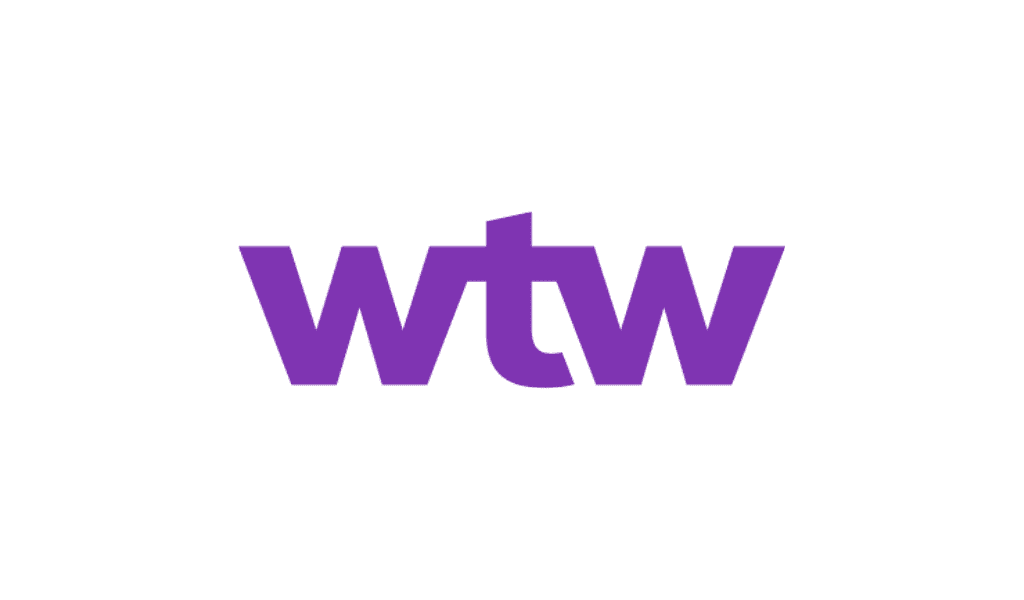Gallup’s latest State of the Workplace report finds that global employee engagement stagnated and employee well-being declined in 2023 after multiple years of steady gains. The result is that most of the world’s employees continue to struggle at work and in life, with direct consequences for organizational productivity.
The lack of improvement in employee engagement and employee well-being is notable, as they follow multiple years of steady gains. The U.S. and Canada have the highest regional percentage of engaged employees at 33%, compared to the global average of 23%, with women in the region experiencing higher engagement (35%) than men (31%).
Gallup estimates that low engagement costs the global economy $8.9 trillion, or 9% of global GSP—enough to make the difference between success and failure for the world’s development goals.
“Employee engagement has become increasingly important as the globe has entered uncertain economic times,” says Jim Harter, Gallup’s chief workplace scientist. “Our research has shown that engagement has a stronger effect on organizational performance during a tough economy.”
Employee engagement is a significant factor in overall life experiences. Not all mental health issues are related to work, but work is a factor in life evaluations and daily emotions. Addressing employee mental health, in part, requires support for thriving in life and engagement at work.
The U.S. and Canada have the third-highest regional percentage of thriving employees at 53%, compared to the global average of 34%. Gallup also finds that 20% of the world’s employees experienced a lot of loneliness the previous day. Social isolation and chronic loneliness have a devastating effect on physical and mental health but work itself decreases loneliness. In general, working adults are less lonely than the global average.
The percentage of younger employees thriving in their overall lives has dropped in the past year. Globally, thriving declined in 2023 from 35% to 34%. Gallup’s well-being item measures overall life evaluation by combining present and future self-reflection. This decline in 2023 was felt particularly by workers under 35 years old.
The world’s managers are more likely than non-managers to be engaged at work and thriving in life. Nevertheless, managers are more likely to be stressed, angry, sad, and lonely than non-managers. The U.S. and Canada saw the second-highest regional percentage of employees experiencing stress during a lot of the previous day, at 49%, compared to the global average of 41%. Women in the U.S. and Canada experience higher levels of stress (54%) than their male counterparts (45%).
Gallup finds that when managers are engaged, non-manager employees are more likely to be engaged. Managers drive engagement through goal setting, regular, meaningful feedback, and accountability. While only 30% of managers and 23% of employees overall are engaged globally, some organizations reach much higher levels of employee engagement and well-being.
The global workplace has changed since 2020. The rise in hybrid work for remote-capable employees has made people management more complicated. When organizations increase the number of employees engaged at work, it improves many organizational outcomes.
“A core habit for effective management is providing weekly meaningful feedback for each person on your team,” Harter says. “Physical distance often translates into psychological distance, so this becomes a critical skill for hybrid and remote work. Our data suggests that most managers don’t have a handle yet on effective hybrid and remote work management. It can be done, but it requires greater levels of intentionality and communication.”















